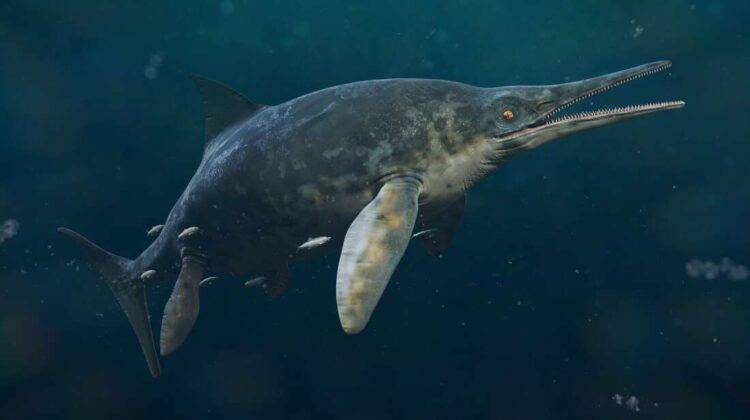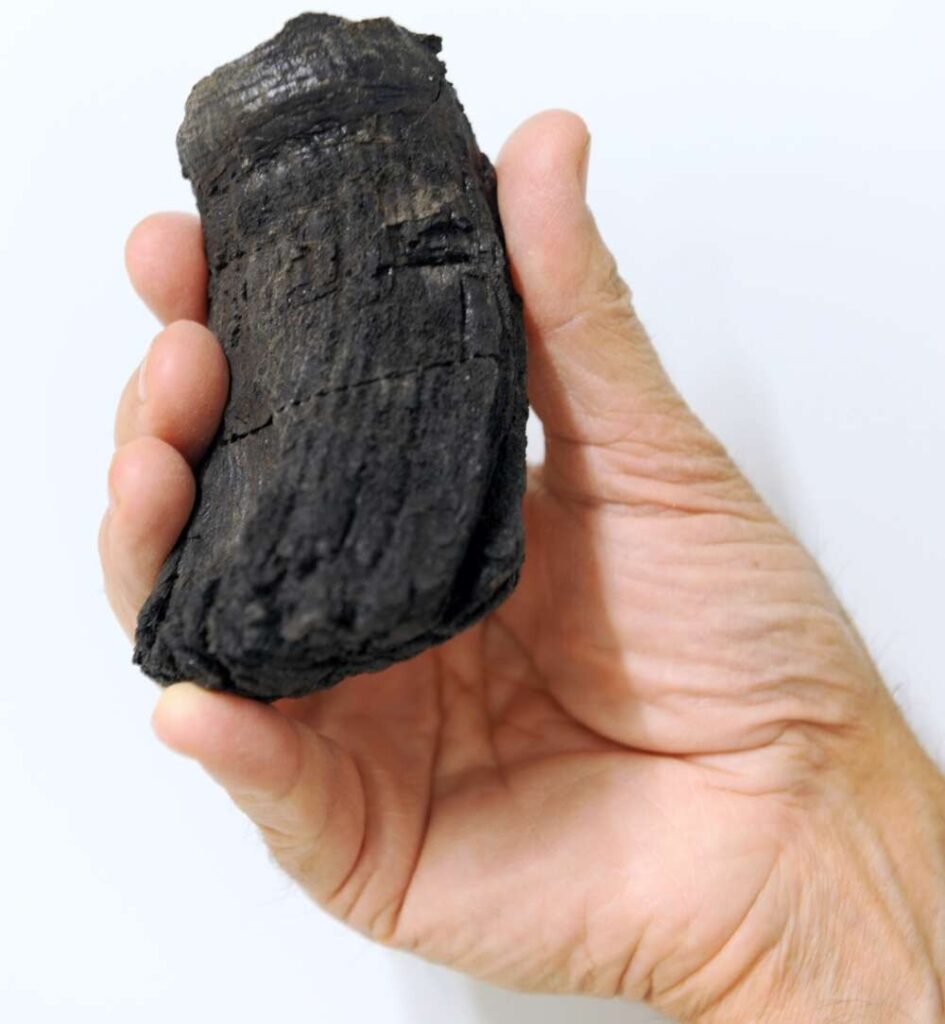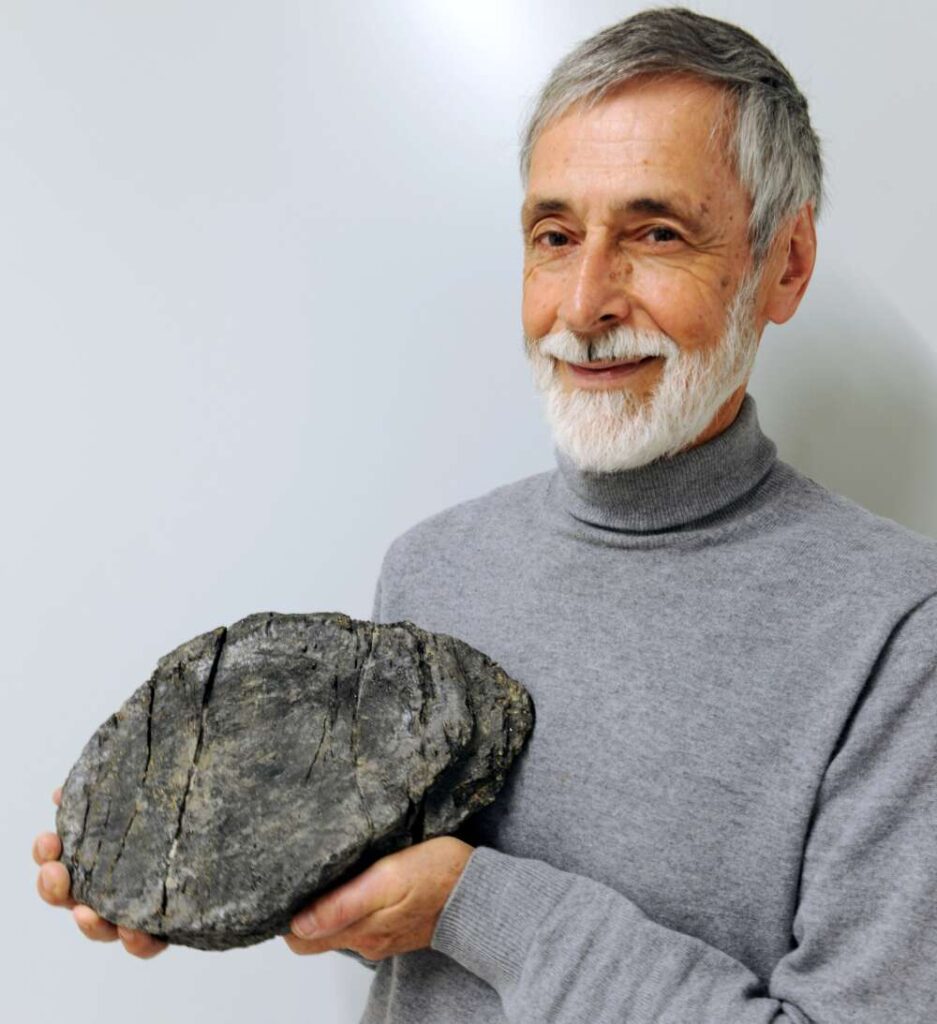
Ichthyosaurs began to disappear from our waters some 200 million years ago, but as portions of the earth collapsed to form what we now call the Alps, some of their remnants were swept along for the journey. Scientists have discovered prehistoric marine reptile fossils hundreds of meters above sea level due to geological peculiarities, and a new article reveals they were fanged monsters.
Gigantic ichthyosaurs emerged only in the latter chapters of these prehistoric reptiles’ lives on Earth, when some species grew to be length than a bowling alley and weighed more than 80 tons. Despite their huge size, humans have discovered very few remnants of these creatures. “Why that is remains a big enigma to this day,” said Prof. Dr Martin Sander of the University of Bonn’s Institute of Geosciences in a statement.
However, fossilized remnants discovered in the Alps may help explain where these ocean giants have been hiding for the past 200 million years. Is there a goldmine of marine fossils to be discovered beneath the glaciers? Very possibly.
A new research in the Journal of Vertebrate Paleontology revisits the remains of three species taken in the Swiss Alps between 1976 and 1990, 2,800 meters (9,187 feet) above sea level, to explore what we may learn from these high-altitude fossils. The ichthyosaurs’ fossils indicate that they were among the biggest creatures to have ever existed.

Ribs, vertebrae, and the biggest ichthyosaur tooth ever discovered are among the ancient remnants discovered.
“”By ichthyosaur standards, this [tooth] is massive,” Sander stated. “Its root was 60 millimeters in diameter — the largest specimen still preserved in a whole skull to date was 20 millimeters in diameter and originated from an ichthyosaur almost 18 meters [59 feet] long.””

However, estimating ichthyosaur length from teeth alone is difficult since the toothiest species are not often the largest. Because marine predators that require large gnashers expend more energy moving to hunt, their body size is limited, whereas giant filter feeders can cruise along as absolute units slowly scooping up smaller prey.

Even if it was a little ichthyosaur, it would have been a frightening sight at sea, having the largest fangs known to science for this group of creatures. Other world-record findings from the Alps include Europe’s longest trunk vertebra, which rivals the 21-meter-long Shastasaurus sikkanniensis, the largest sea reptile fossil ever discovered.
The authors remain confident that new insights into the lives and size of ichthyosaurs are within our reach as they continue to seek to narrow the gap in our understanding of some of Earth’s greatest marine predators.
“Despite the remarkable size of their remains, we know so little about these huge ichthyosaurs, which is a tremendous embarrassment for paleontology,” Sander said. “We aim to meet this challenge soon and discover more and better fossils.”
